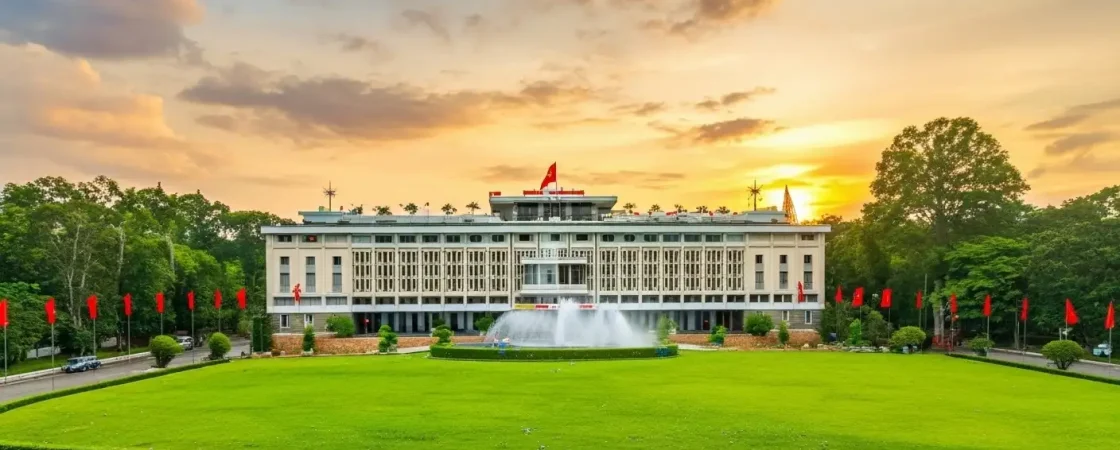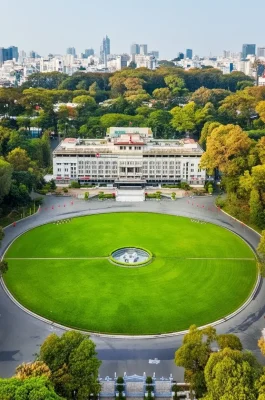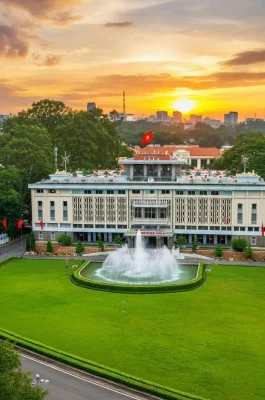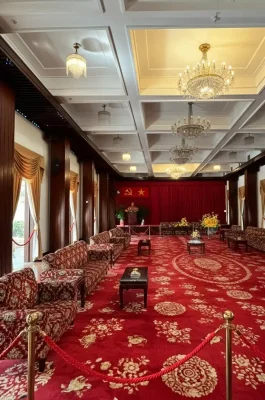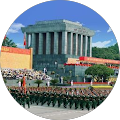The Independence Palace (Dinh Doc Lap), also known as the Reunification Palace (Hoi Truong Thong Nhat), stands as a critical landmark in Ho Chi Minh City. This site witnessed the symbolic end of the Vietnam War. On April 30, 1975, a North Vietnamese Army tank dramatically crashed through its front gates. Consequently, this act marked the conflict’s conclusion and the nation’s reunification.
The Palace's Defining History
Initially, the site housed the Norodom Palace starting in 1868. The French colonial administration built this structure as the residence for the Governor-General of Cochinchina. Later, after heavy damage to the original building, the government commissioned a replacement. Vietnamese architect Ngo Viet Thu designed the current palace. It served as the official residence and workplace for the President of South Vietnam from 1962 to 1966. Crucially, the 1975 event cemented the palace’s historical significance. Tank 843 (or a close replica) breached the entrance, symbolizing the Fall of Saigon. Therefore, the Vietnamese government now recognizes the palace as a Special National Historical Relic.
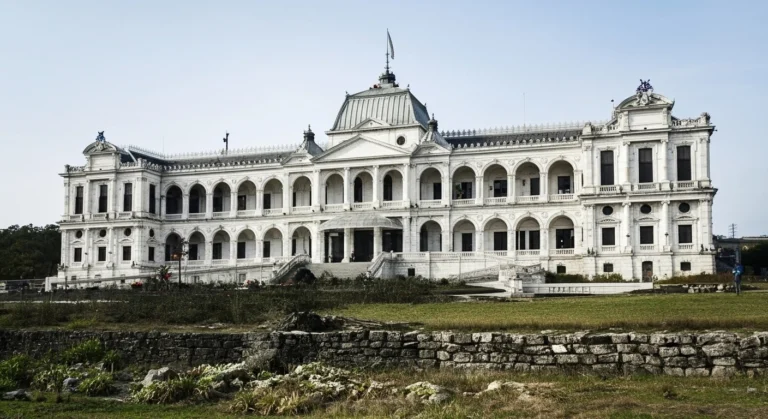
Explore the Architecture and War Bunker
The building showcases striking modern Vietnamese architecture from the 1960s. The design successfully blends traditional Eastern philosophy with contemporary Western principles. Thus, visitors explore a unique and harmonious architectural blend.
The Main Floors: Inside, the main floors feature grand halls, state banquet rooms, and the President’s private quarters. Preservation efforts ensure these areas remain exactly as they looked in 1975.
The Command Bunker: However, the underground command bunker offers the most fascinating part of the tour. This deep network of reinforced concrete tunnels functioned as the war’s main operations and communications center. Here, visitors view original radio rooms, maps, and telecommunication equipment.
The Rooftop: Furthermore, you can visit the rooftop. It includes the original helicopter landing pad and remnants of the South Vietnamese President’s UH-1 helicopter.
The Exterior: Moreover, the front lawn proudly displays the actual Tank 843 (or a replica) and Tank 390. These tanks commemorate the reunification event.
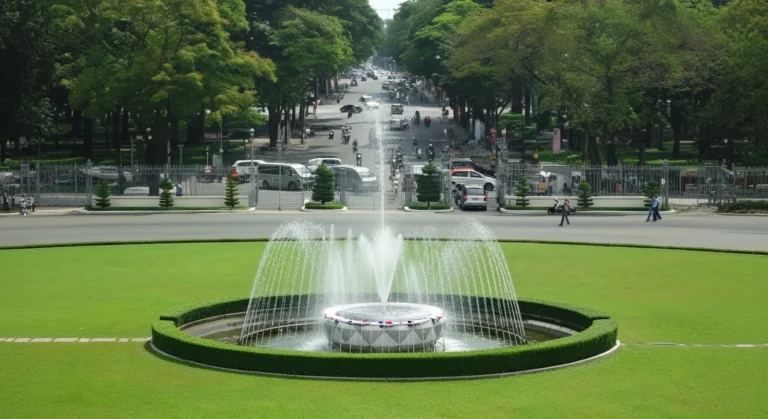
Essential Visitor Information
The palace is conveniently located in District 1. Thus, you can easily walk to other popular tourist spots, including the Ben Thanh Market and the Notre Dame Cathedral.
For a richer experience, we strongly recommend purchasing the audio guide. It provides crucial historical context and fully explains each room’s function. The guide costs approximately VND 90,000 and is available in multiple languages, including English, French, Japanese, and Korean. Also, please note the dress code: wear smart casual and modest attire. This shows respect for the venue’s historical and political significance.
Address: No. 135 Nam Ky Khoi Nghia Street, Ben Thanh Ward, District 1, Ho Chi Minh City.
Visiting Hours: The palace is open daily from 8:00 AM – 4:30 PM. Please note that ticketing closes at 3:30 PM.
Entrance Fees (Approximate):
Adults (Palace Only): 40,000 VND (approx. USD 1.60)
Adults (Palace + Exhibit): 65,000 VND (approx. USD 2.60)
Children (Under 16): Fees range from 10,000 VND to 15,000 VND.
